You surely know by now that children's books are a huge part of my planning and teaching! I try to also include both fiction and non-fiction. While it's more traditional to tell our little ones stories, I've found that they're very interested in learning how their world works, and find non-fiction fascinating too.
We love to do hands on activities! Here we are, exploring the idea of the arctic ocean, using killer whales, seals, polar bears, Alaskan crabs and more. Do you see the ice cubes in the second picture? Some of our animals like to get out on the ice, and float along or rest for a bit. (Some of our friends like to play with ice and water when it's hot outside too!)
We often make hand prints or foot prints to go along with our learning themes, and polar bears are no exception. We even made narwhal prints, and watched an awesome video about narwhals!
Learning to read sight words is an important part of kindergarten and first grade, so I made this sight word game for us to practice with. (It includes cards for letter learners, and PP, P and 1st grade sight words, so it's pretty flexible. Who wouldn't want to help those baby bears get to their momma, right?
I've found a lot of children - and adults for that matter - don't realize that polar bears and penguins don't share the ice. Polar bears live in the Arctic, near the north pole, and penguins (mostly) live in the Antarctic, near the south pole. Here's a little song I wrote to help the children remember the difference:
Download it free by clicking on the link or the picture! If you have a map or globe in your classroom, have a child point to the correct location as you sing each verse.
While you're reading and singing the song, how about some more facts about polar bears and other arctic animals? I laid them flat for a picture, but they work really well in a pocket chart (but pocket charts don't photograph well, with all the reflections off the plastic).
I like to use sentence to picture matching activities as a literacy center, and most of my students are really good about working with the materials. Still, sometimes we need to show written work, or have some kind of accountability for the students, so they all come with follow up worksheets. Here's one of them:
Another fun, hands on sensory activity to do is to build with ice cubes. You can certainly use plain old regular ice cubes, chances are good that you have some on hand, or if not, you can buy a bag of ice at any grocery store or gas station. I like to make over-sized ice cubes, using whatever empty containers are available and headed for the recycling bin. It's amazing how much fun giant ice cubes are as a building tool, and they take a nice long time to melt too.
If you're building with ice cubes, you might also want to show the children a video of how an igloo is built! I like this one. After you watch this, be prepared to see a lot of building going on - and have some nice large blocks on hand.
We've also explored how polar bears thick layer of fat, or blubber, helps to insulate them - you can see that post here.
So what other activities do you like to do when you're learning about polar bears? I'd love to know!
Paula
P.S. Stop back by next week to see how we like to learn about penguins.
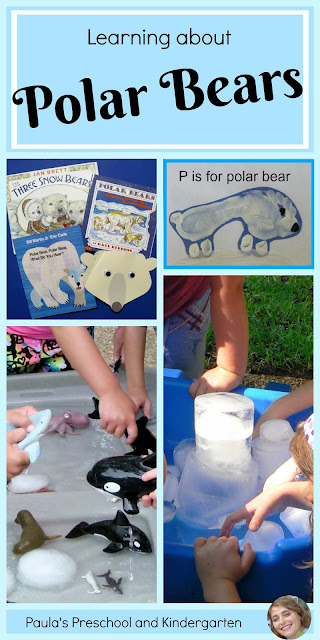
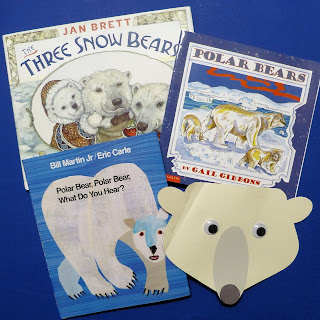



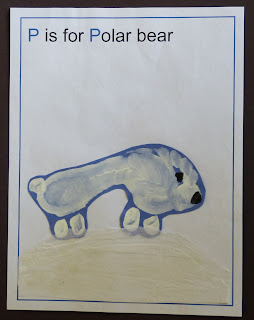

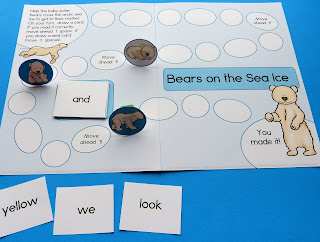


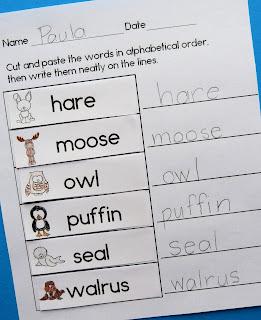


No comments:
Post a Comment